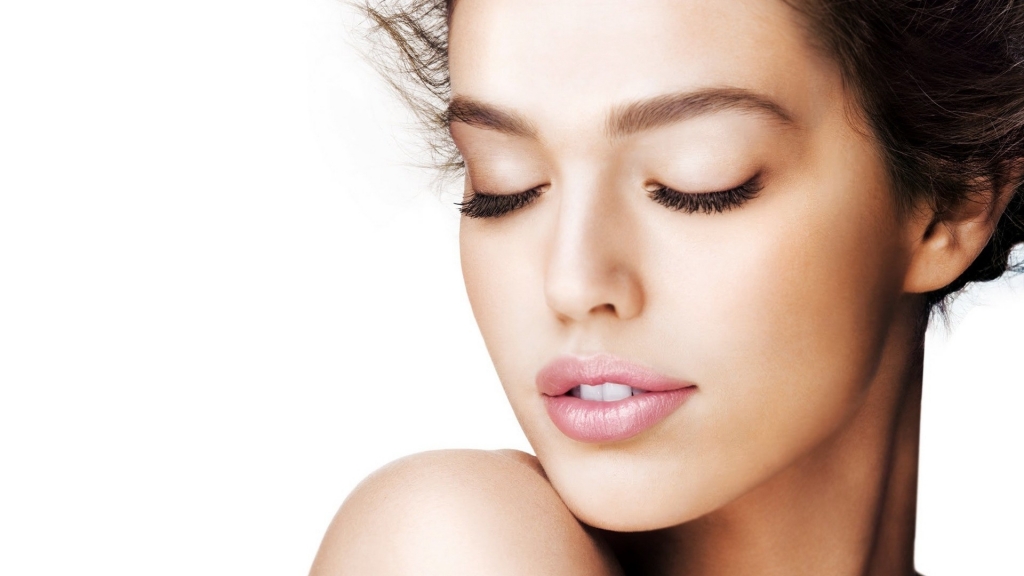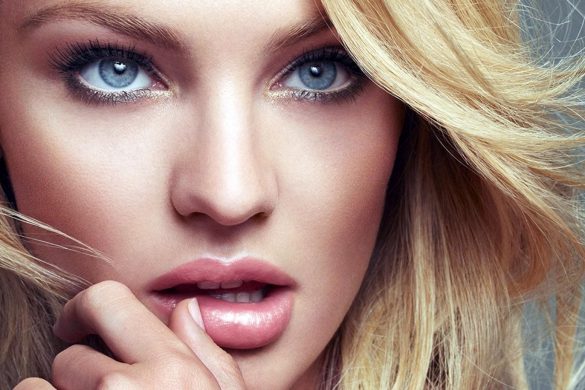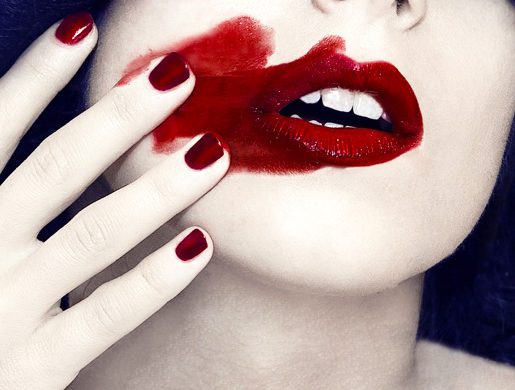A milk bath is a bath that combines warm water and milk in powdered or liquid form and there are a number of benefits of milk bath.
Sounds good? It is!
Even though soaking in milk might sound strange to some of us, milk baths have been used for centuries. According to legends, the famous Egyptian queen Cleopatra bathed in milk and honey in order to obtain flawless complexion. There’s also historic evidence suggesting that ancient Romans used milk baths on a regular basis. In the US, buttermilk facial baths were very popular at the beginning of the century.
Today, milk baths are making a huge comeback and for a good reason – there are a number of benefits of milk bath.
Contents
Top 6 Benefits of Milk Bath for the Skin
1. Moisturization
People with dry skin can use milk baths to restore hydration. This is one of the biggest benefits of milk bath as Milk contains valuable fat and proteins which help soothe and soften the skin. It is also rich in lactic acid which acts as a mild exfoliator. Exfoliation is important for removing dead skin cells, which leads to much softer skin.
2. Relaxation
As most of us already know, milk is a great way to provide relaxation, whether taken in the form of a warm cup or a bath. Indulging in a milk bath will give you a feeling of comfort and calmness, at the same time reducing stress levels. Add a few drops of rose or lavender essential oil to additionally boost your milk bath’s relaxation properties.
3. Anti-Wrinkle Effects
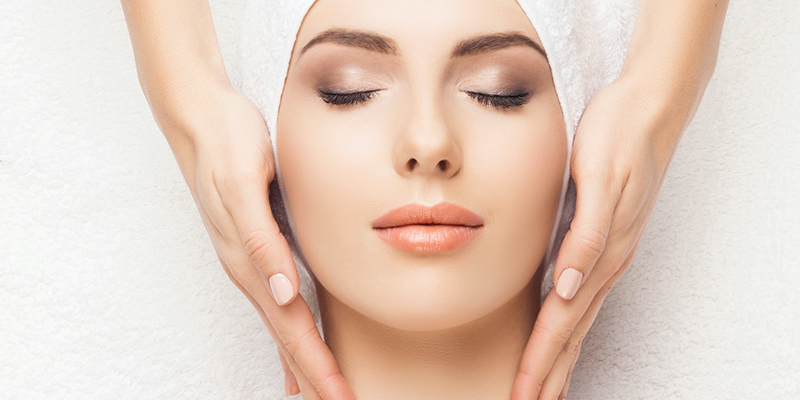
Milk reduces fine lines and wrinkles, thus removing signs of aging from the skin. Although botox might seem like a faster and more efficient way to look younger, you might accomplish a similar effect by bathing in milk on a regular basis!
4. Calm Sunburn Symptoms
The amino acids, fats, proteins, and vitamins D and A found in milk can soothe and calm sunburn symptoms. Try soaking for about 15 minutes, then apply a moisturizer like an aloe vera.
5. Relieve Poison Ivy Symptoms
Milk baths can also help with poison ivy symptoms – milk can reduce inflammation, itchiness, and redness. However, the studies on the effectiveness of milk baths for soothing poison ivy symptoms are limited.
6. Psoriasis & Eczema
In some people, milk baths can help soothe rashes and irritation caused by eczema, as well as psoriasis symptoms, which include itchy and flaky skin. However, research on the effectiveness of milk baths in the treatment of psoriasis and eczema symptoms is limited, so they should not replace the prescribed medications for these conditions. If you find that milk baths are helping you, talk to your doctor to confirm that they’re safe for you.
How to Prepare a Milk Bath

If you prefer prepackaged bath milk products, there’s a wide variety of choices. These products can be found in many different forms, from milk bath powders and foaming milk bubble baths to milk lattes and handcrafted products containing 100% natural ingredients.
You can also prepare a DIY milk bath on your own. Here’s how:
- If you’re using powdered milk, add 1/3 – 2/3 cup into the bathwater.
- If you’re using liquid milk, add one or two cups into the warm bathwater. You can use either canned or fresh milk (just make sure it’s not sweetened).
To make your bath even more soothing and relaxing, you can add dried or fresh rose petals or lavender buds, a handful of oatmeal or finely ground oats, 1/2 cup sea salt or Epsom salts, 1 Tbsp. honey, baking soda, or several drops of your favorite essential oil.
Soak for about 20-30 minutes.
Types of Milk Used in Milk Baths
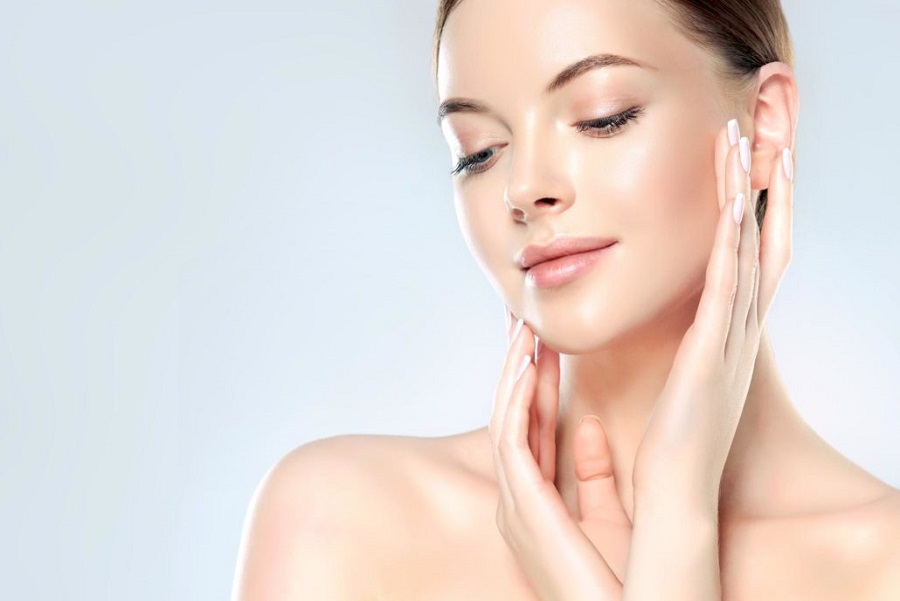
You can use standard, store-bought milk to prepare your milk bath. Here are the most common types of milk to consider:
- Cow’s milk is the most often used type of milk because it’s widely available and cheap. For best results, use full-fat cow’s milk.
- Unlike cow’s milk, goat’s milk is higher in fats, which means it will make your bath a bit creamier.
- Soy milk and nut milk are great alternatives for vegans. Even though their structure is quite different than dairy milk, they give the bath a very similar feel and look. Coconut and almond milk are probably the best options because they contain high levels of oils that make the skin smooth.
- Buttermilk is richer in lactic acid than other types of milk, which makes it a more efficient exfoliator.
- Powdered milk is often used in prepackaged bath milk products.
Experiment with several different types of milk to figure out which one is best for you!
Are Milk Baths Safe to Use?
Milk baths aren’t safe for everybody. Milk contains lactic acid which may irritate sensitive skin.
Milk baths should also be avoided by people who have a high fever, as well as pregnant women. If you’re pregnant and want to enjoy a milk bath, check with your doctor first.
Final Thoughts on benefits of milk bath
Milk baths are great for relaxation and soothing inflamed and itchy skin. However, they should not replace any prescribed skin medications. Make sure to check with your dermatologist or doctor whether milk baths are safe for you if you have a skin condition, sensitive skin, or if you’re pregnant.

